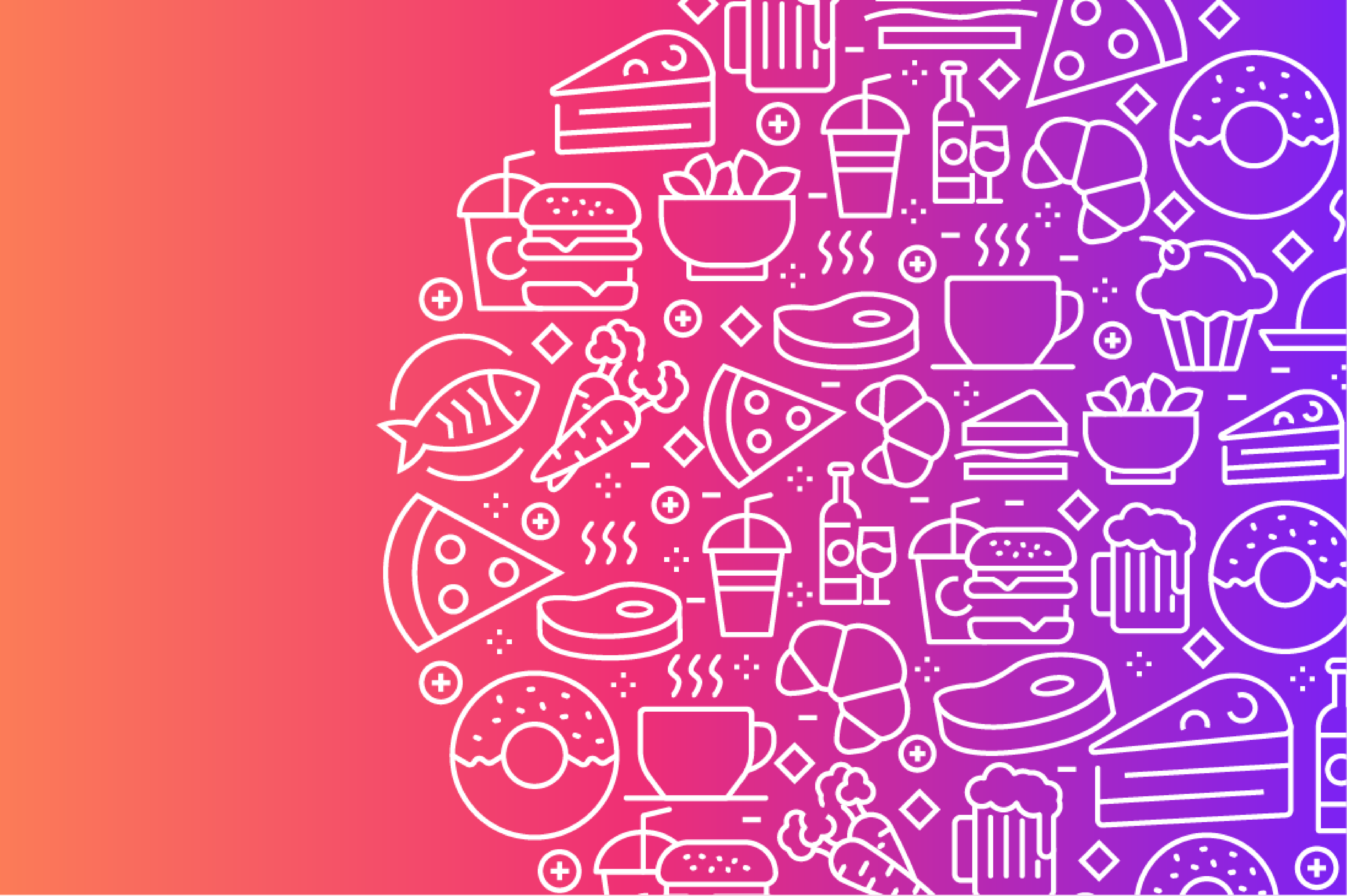Ordering takeout is a common experience, especially now, but it’s not always easy to make healthy choices when you do.
WellTuned talked to Brian Jones, a registered dietitian at BlueCross BlueShield of Tennessee, to find out how to make healthy choices when you turn to takeout.
“The basics of healthy ordering are the same as in a restaurant or when cooking at home,” says Jones. “Focus on fruits and vegetables, watch portion sizes and limit low-nutrient foods.
5 takeout tips for healthy ordering
1. Look out for sauces
Everyone loves a good sauce, but those extra dips, drizzles and dressings add up.
“A lot of takeout meals include sauces that would probably have fewer calories if they were homemade,” says Jones. “Your stir fry may be covered in sweet-and-sour sauce, or your chicken sandwich might come with a side of honey mustard or Ranch. These sauces are fine in moderation, but they can add empty calories, saturated fat and sugar to an otherwise healthy meal. They also have relatively low nutritional value, so it’s important to be careful how much you use.”
Other sauce-related takeout tips:
- Avoid heavy cream sauces
- Order sauces on the side
- Dip bites of food into dressing rather than pouring it all on at once
2. Simple may be better
Ask any restaurant chef what their secret ingredient is and you’re likely to hear one of 3 things: fat, salt or sugar. The more adjectives in front of a food, the more likely it is to have empty calories added.
“Anytime a food is prepared with added fat — breaded, fried, crusted — you’re going to have more calories and less nutrient density,” says Jones. “If you start with simpler preparations like grilled, seared or smoked foods, you may find those dishes are lower in calories.”
3. Order veggie-friendly options
“Remember: you’re still shooting for at least 5 servings of fruits and vegetables per day, even when you’re ordering takeout,” says Jones.
Look for dishes where vegetables are the main focus, or, at the very least, that come on the side in a non-fried variety.
“Another great way to get more vegetables into your diet is to order from vegan or vegetarian restaurants, or to try different cuisines such as Ethiopian or Indian food,” says Jones. “They often have more vegetable options and are full of bold, interesting flavors.”
4. Be proactive about portions
One of the positives of takeout and delivery is portion control.
“At a restaurant, you might feel the need to eat everything on your plate because you don’t have time to get it boxed up or to take it home,” says Jones. “Takeout gives us the ability to divide and store things, so it can be a good tactic for portion control and meal planning.”
To maximize portion control:
- Split entrees or indulgent foods with other people in your household
- Portion food into containers and put up leftovers for future meals as soon as food arrives
- Label everything so you know when things need to be eaten or thrown away
5. Don’t forget about food safety
“If you’re getting food delivered or picking up takeout far from home, remember that every minute food is off the heat, it’s approaching the danger zone,” says Jones. “That’s any temperature between 40 °F and 140 °F where bacteria can grow rapidly.”
The USDA recommends you:
- Never leave food out of the fridge for more than 2 hours
- If the temperature is above 90 °F, don’t leave it out longer than 1 hour
- Keep hot food hot (at or above 140 °F) and cold food cold (at or below 40°F)
- Ask restaurants to package hot and cold foods separately
- Put leftovers into shallow containers to cool (bacteria breeds in improperly cooled foods) and refrigerate within 2 hours
- Reheat foods to an internal temperature of 165 °F or until steaming
- Throw out leftovers within 2-3 days
No matter how wisely you order, don’t get overly reliant on things coming to your door.
“Restaurants and takeout services can feel more convenient at times, and are a way to support local businesses, but try to keep up your cooking skills,” Jones says. “Research shows that when we cook and engage in meal preparation, we have a better relationship with food. We don’t want to lose that.”
For more tips from Jones on how to prepare comfort foods in healthier ways, click here.
Get more information about specific health terms, topics and conditions to better manage your health on bcbst.com. BlueCross BlueShield of Tennessee members can access wellness-related discounts on fitness products, gym memberships, healthy eating and more through Blue365®. BCBST members can also find tools and resources to help improve health and well-being by logging into BlueAccess and going to the Managing Your Health tab.


